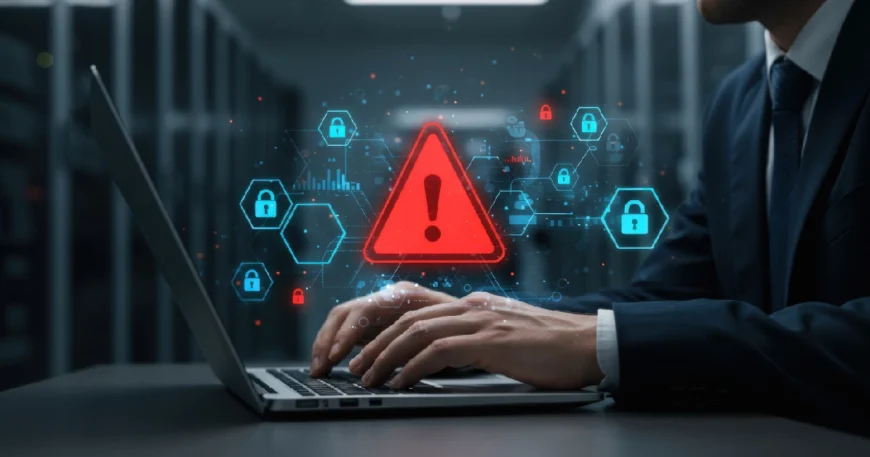


Human error remains the leading cause of security breaches, even in today’s era of advanced technology and automated defences. A single mistake — such as clicking a phishing link, misconfiguring a system, or using weak passwords — can expose sensitive data and compromise entire networks.
Despite major investments in cybersecurity tools, most incidents still stem from simple human actions, not technical flaws. Reducing these risks requires building awareness, enforcing accountability, and fostering a security-first mindset across all levels of an organisation.
Despite advanced technologies, human error remains the root cause of a large share of security incidents. According to industry reports, nearly 95% of successful cyberattacks start with a human action, such as clicking a malicious link.
Risk factors include social engineering (where attackers exploit urgency, authority, or scarcity).
Many breaches arise from mis-configured cloud storage, lost/unencrypted devices, or credentials leaked by employees—errors of process and awareness rather than malicious insiders.
Human errors can have serious, far-reaching consequences across multiple sectors:
Human error can arise from many sources—ranging from simple slips to deliberate rule violations. Understanding these categories helps organisations address vulnerabilities at both individual and system levels. At StrongBox IT, we emphasise identifying these error types to build more resilient human defences.
⇒Skill-based errors: Unintentional mistakes during routine work, often due to distraction.
⇒Rule-based mistakes: Applying a known rule incorrectly.
⇒Knowledge-based mistakes: Poor judgment due to limited knowledge or planning.
⇒Violations: Intentional deviations from rules, often to save time.
By analysing these error types, StrongBox IT helps organisations design safeguards, improve processes, and minimise human-factor vulnerabilities before they escalate.

Traditional, compliance-based training modules often fail because they’re too generic and easily forgotten.
They don’t address real-world behaviour, role-specific risks, or evolving threats. Security must be designed with the assumption that errors will happen, and safety nets must exist to limit their impact.
A robust response involves three pillars:
StrongBox IT integrates these pillars, ensuring employees not only understand policies but practise safe habits consistently. Effective metrics go beyond click-rates—they focus on how many suspicious emails are reported and how behaviour improves over time.
Leadership plays a decisive role in influencing how employees approach security. When executives and managers actively model safe behaviours—such as using MFA, reporting phishing attempts, and following data-handling protocols—it sets the tone for the entire organisation. Clear communication from the top builds trust and accountability, encouraging teams to treat security as a shared responsibility rather than an IT-only concern.
Human error continues to evolve alongside technology. Some incidents increasingly involve remote work vulnerabilities, cloud misconfigurations, and social engineering attacks. Cybercriminals are exploiting new tools like AI-driven phishing and deepfake communications, making human vigilance more important than ever. Organisations must anticipate these emerging risks by combining continuous training, adaptive technical controls, and a strong security culture.
In conclusion, Human error is the #1 cause of security incidents, and treating it as a side-issue is no longer viable. Organisations must adopt a structured, holistic strategy, treating employees as active defenders rather than potential risks. StrongBox IT provides customised support in aligning training, technology, and culture to convert human-factor risk into a competitive security asset.
For guidance on building a stronger human firewall, reach out to StrongBox IT today.
WhatsApp us

